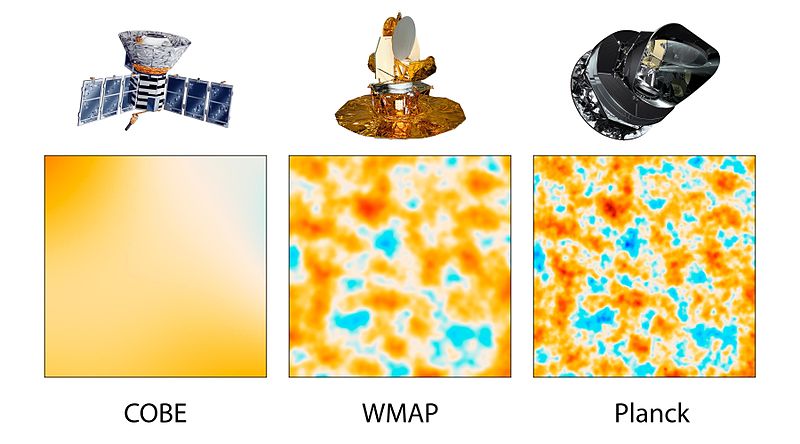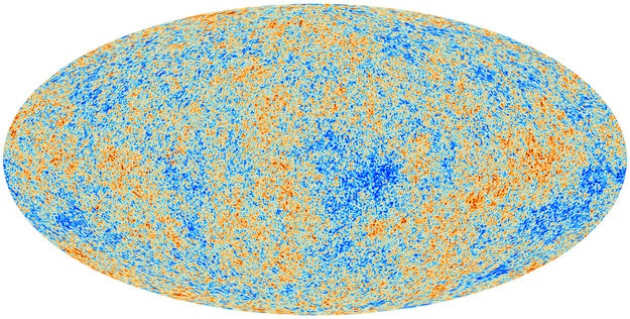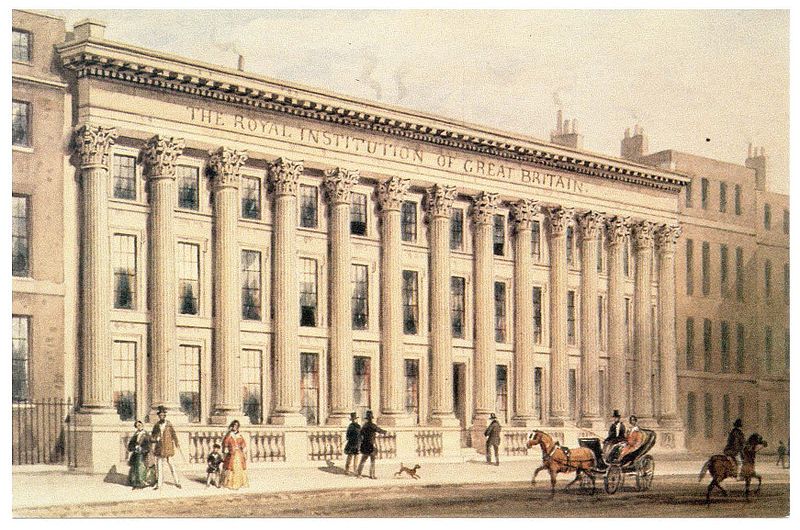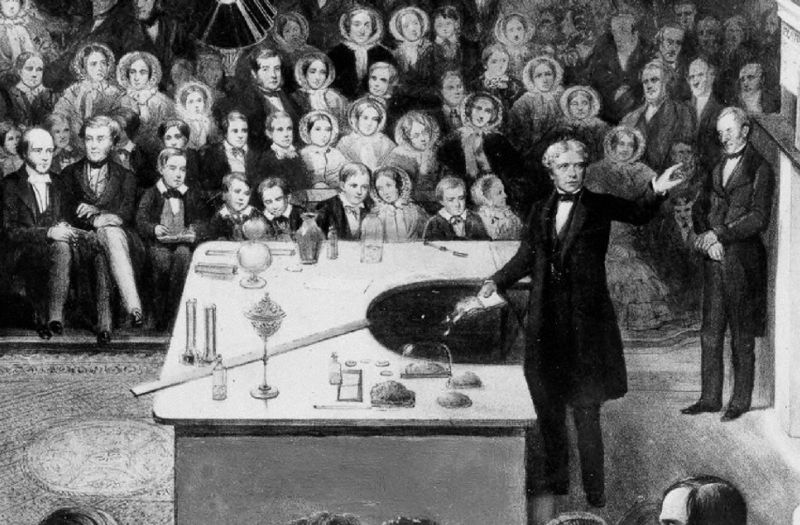 |
On a supermanifold one has not just even vector fields but also odd vector fields. Importantly, the Lie bracket of an odd vector field with itself does not automatically vanish.
|
This is in stark contrast to the even vector fields on a supermanifold and indeed all vector fields on a classical manifold. Odd vector fields that self-commute under Lie bracket are known as homological vector fields and a supermanifold equipped with such a vector field is known as a Q-manifold.
In the literature one is often interested in homological vector fields from an algebraic perspective. Indeed, the nomenclature “homological” refers to the fact that on a Q-manifold one has a cochain complex on the algebra of functions on the supermanifold. You should have in mind the de Rham differential and the differential forms on a manifold in mind here.
In fact, if we think of differential forms as functions on the supermanifold \(\Pi TM\), then the pair \((\Pi TM, d)\) is a Q-manifold.
But can we understand the geometric meaning of a homological vector field?
Odd curves and maps between supermanifolds
Consider a map \(\gamma : \mathbb{R}^{0|1} \longrightarrow M\), for any supermanifold \(M\). We need to be a little careful here as we take $latex\gamma \in \underline{Map}(\mathbb{R}^{0|1}, M)$, that is we include odd maps here. Informally, we will use odd parameters at our free disposal. More formally, we need the inner homs, which requires the use of the functor of points, but we will skip all that.
Let us employ local coordinates $latex(x^{A})$ on \(M\) and \(\tau \) on \(\mathbb{R}^{0|1}\). Then
\(\gamma^{*}(x^{A}) = x^{A}(\tau) = x^{A} + \tau \; \; v^{A}\),
where $latex\widetilde{v^{A}} = \widetilde{A}+1$. This is why we need to include odd variables in our description. Note that as \(\tau\) is odd, functions of this variable can be at most linear.
Aside One can now show that \(\Pi TM = \underline{Map}(\mathbb{R}^{0|1}, M)\). Basically we have local coordinates \((x^{A}, v^{A})\) noting the shift in parity of the second factor. One can show we have the right transformation rules here directly.
Odd Flows
Now consider the flow on odd vector field, that is the differential equation
\(\frac{d x^{A}(\tau)}{d \tau} = X^{A}(x(\tau)) \),
where in local coordinates \(X = X^{A}(x)\frac{\partial}{\partial x^{A}}\).
From our previous considerations the flow equation becomes
\(v^{A} = X^{A}(x) + \tau v^{B} \frac{\partial X^{A}}{\partial x^{B}}\).
Thus equating the coefficients in order of \(\tau\) shows that
\(X^{A}(x) = v^{A}\) and \(v^{B} \frac{\partial X^{A}}{\partial x^{B}}=0\).
Then we conclude that
\(X^{B} \frac{\partial X^{A}}{\partial x^{B}}=0\), which implies that \([X,X]=0\) and thus we have a homological vector field.
Conclusion
The homological condition is the necessary and sufficient condition for the integrability of an odd vector field. Note that in the classical case there are no integrability conditions on vector fields.












